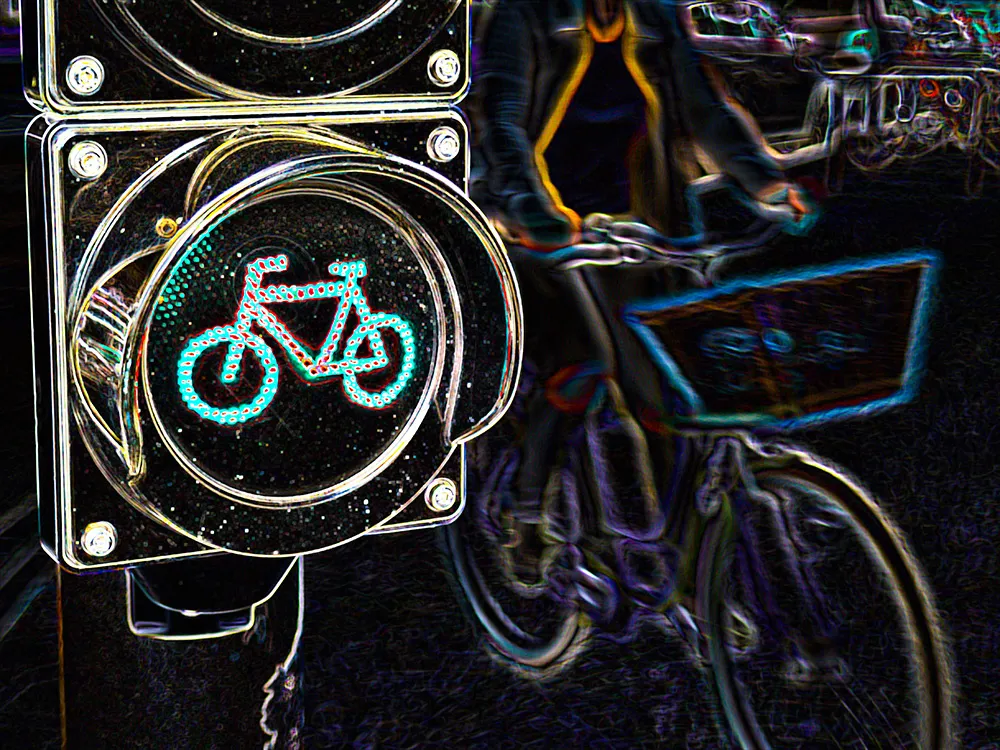The supervisory board of
The Concept Study of the 918 Spyder allows CO2 emissions of just 70 g/km, corresponding to fuel consumption of 3.0 liter/100 km (94.1 mpg imp) in the New European Driving Cycle, on the one hand, and the performance of a super-sports car, on the other. According to the company, this extremely efficient drivetrain technology forms a symbiosis in the 918 Spyder with truly outstanding design and high-tech motorsport achievements.









